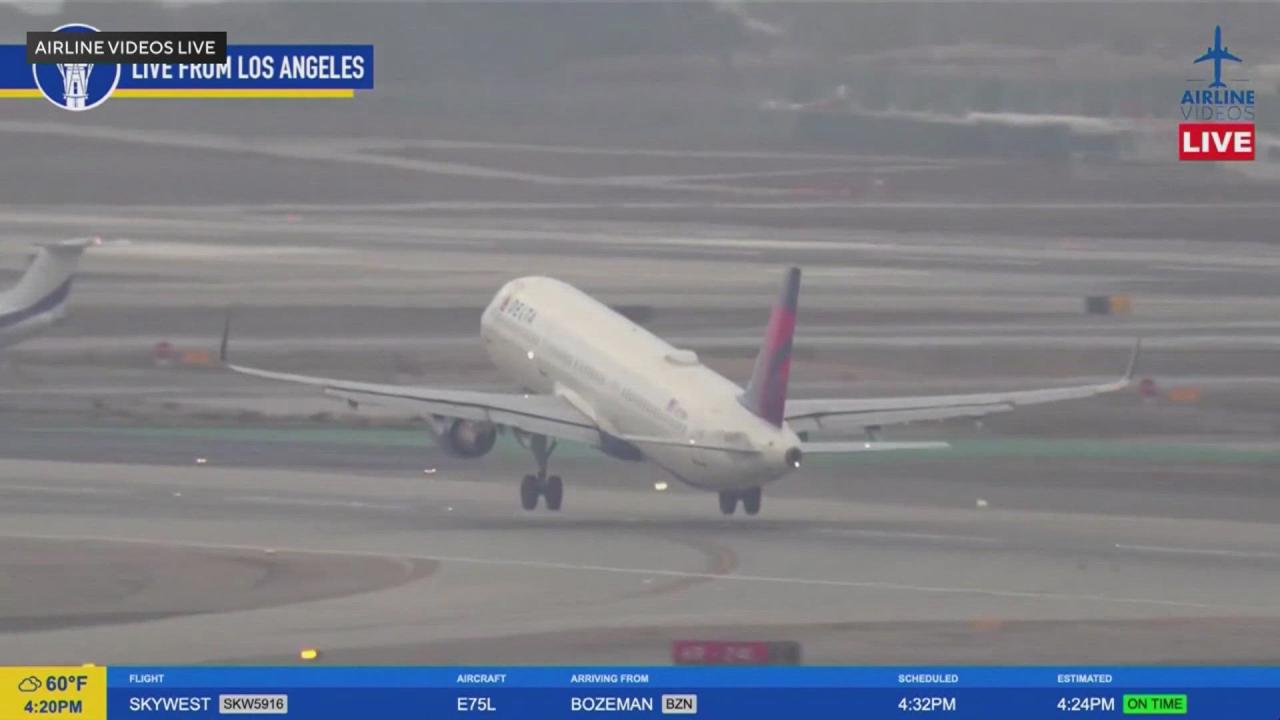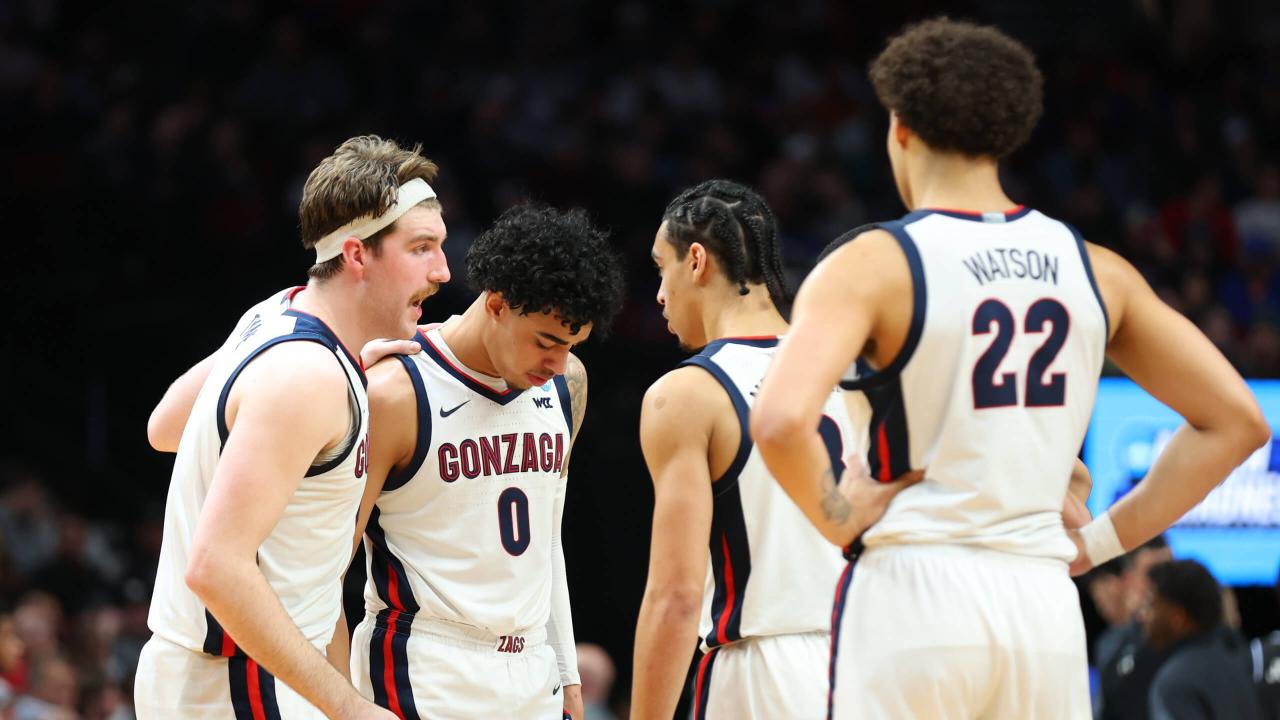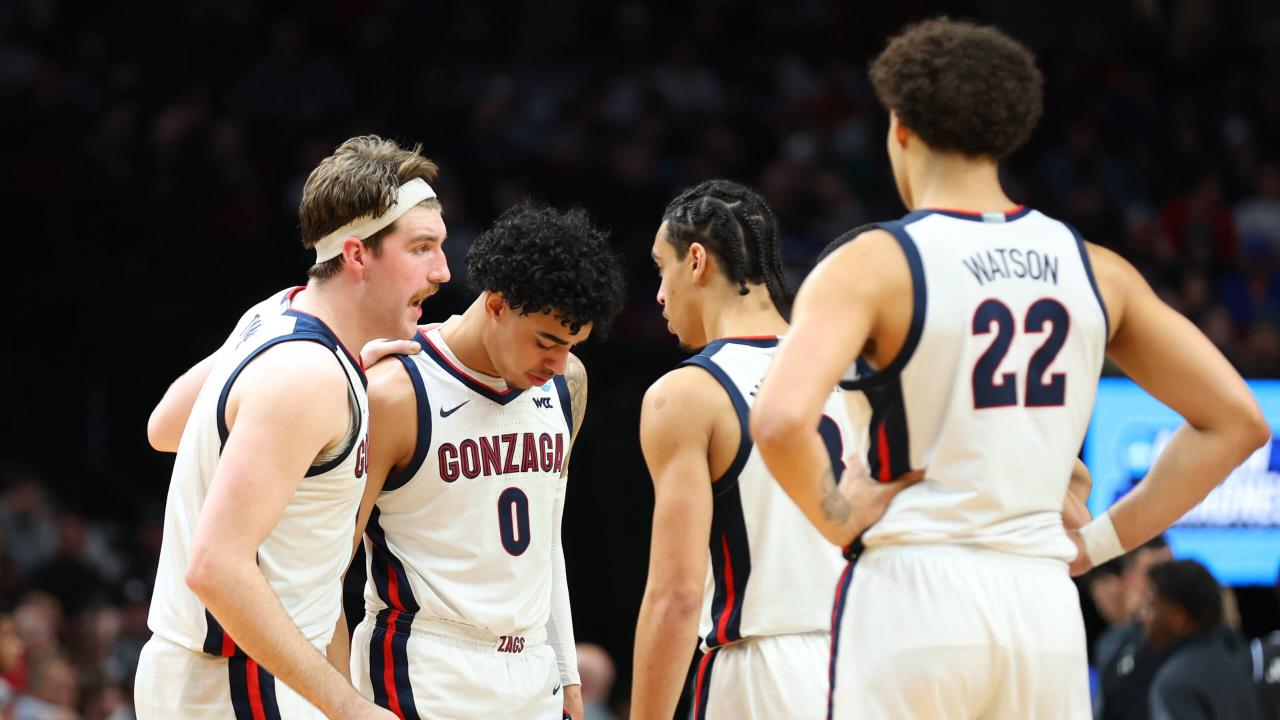Gonzaga basketball plane travel isn’t just about getting from point A to point B; it’s a crucial element of the team’s success. From meticulously planned charter flights to the logistical hurdles of transporting a team and all their gear, the Bulldogs’ air travel is a fascinating story. This exploration delves into the history of their travel, the economic impact, safety measures, and the public perception surrounding their unique approach to getting to games.
We’ll examine how efficient air travel minimizes fatigue, allowing the team to perform at their peak. We’ll compare Gonzaga’s travel arrangements to other top college basketball programs and analyze the financial aspects, including budgeting and sponsorship. We’ll also look at safety protocols, media coverage, and the overall impact on the team’s image and fan engagement. Get ready for a behind-the-scenes look at how Gonzaga’s travel strategy contributes to their winning record.
Gonzaga Basketball’s Air Travel: A Winning Strategy?: Gonzaga Basketball Plane

Gonzaga University’s men’s basketball team consistently ranks among the nation’s best, a feat often attributed to exceptional coaching, player talent, and—perhaps surprisingly—efficient travel logistics. This article delves into the multifaceted role of air travel in Gonzaga’s basketball success, examining its history, logistical challenges, economic aspects, safety procedures, and public perception.
Gonzaga Basketball Team Travel History, Gonzaga basketball plane
Gonzaga’s basketball program has a long history of extensive travel, both domestically and internationally. Early travel likely involved a mix of buses and commercial flights, but as the program’s success grew, so did its reliance on chartered flights for greater efficiency and comfort. This transition significantly reduced travel time and fatigue, allowing the team to better focus on competition.
| Date | Destination | Event | Transportation Method |
|---|---|---|---|
| November 2022 | Portland, OR | Exhibition Game | Chartered Flight |
| December 2022 | Orlando, FL | Phil Knight Invitational | Chartered Flight |
| March 2023 | Las Vegas, NV | NCAA Tournament | Chartered Flight |
Transporting a large team, along with all their equipment (including uniforms, basketballs, medical supplies, and coaching materials), presents significant logistical challenges. Careful planning, coordination with ground transportation, and meticulous attention to detail are crucial for a smooth travel experience.
The Role of Air Travel in Gonzaga Basketball Success
Efficient air travel has demonstrably impacted Gonzaga’s performance. Reduced travel fatigue allows players to better prepare for games, reducing the risk of injury and improving overall game readiness. This advantage is particularly noticeable in back-to-back games or tournaments with tight schedules.
While comparing specific travel arrangements across different college basketball programs is difficult due to privacy concerns, it’s generally accepted that elite programs often prioritize chartered flights for similar reasons of efficiency and control. The ability to fly directly to game locations, avoid layovers, and maintain team cohesion contributes significantly to their success.
So, you’re curious about the Gonzaga basketball team’s travel arrangements? Their plane is probably pretty sweet, right? Imagine the scale though, if instead of a basketball team, you had a massive drone show like the one planned for china new year drone show 2031 , that would require a whole different level of logistical planning! Getting back to Gonzaga, I bet their pre-game hype is nothing compared to the spectacle that show will be.
- Advantages of Air Travel: Speed, reduced travel fatigue, team cohesion, flexibility in scheduling.
- Disadvantages of Air Travel: Higher cost, potential for flight delays, environmental impact.
- Alternatives (with limitations): Bus travel (long travel times, fatigue), train travel (limited availability in many locations).
Economic Aspects of Gonzaga’s Air Travel
Chartering planes for a college basketball team is expensive. Costs include the rental of the aircraft, fuel, crew salaries, catering, and ground transportation to and from the airport. The exact cost varies depending on the distance, aircraft size, and duration of the trip.
Funding likely comes from a combination of sources, including university athletic budgets, booster donations, and potential sponsorships from companies that align with Gonzaga’s values. The university likely employs a sophisticated budgeting process to manage these significant expenses.
| Cost Component | Estimated Cost | Percentage of Total |
|---|---|---|
| Aircraft Rental | $20,000 | 40% |
| Fuel | $5,000 | 10% |
| Crew Salaries | $3,000 | 6% |
| Catering | $2,000 | 4% |
| Ground Transportation | $10,000 | 20% |
| Other Expenses | $10,000 | 20% |
Note: This is a hypothetical budget and actual costs may vary significantly.
Safety and Security Considerations
Gonzaga prioritizes the safety and security of its athletes and staff during air travel. This involves meticulous planning and adherence to strict protocols. Chartered flights generally offer a higher level of safety compared to commercial flights, as they are subject to rigorous maintenance checks and are often operated by experienced pilots.
So, you’re curious about the Gonzaga basketball team’s travel arrangements? Their plane is pretty standard for a college team, nothing too flashy. But imagine if, instead of a regular plane, they arrived at games via a massive, coordinated drone show like the one planned for china drone show 2061 ! That would be epic. Back to reality though, Gonzaga’s plane gets them to the games safely and efficiently, which is what really matters.
Emergency procedures are carefully established and practiced. The team likely undergoes regular safety briefings and training, including emergency exits and evacuation plans. The university works closely with the charter company to ensure compliance with all safety regulations.
- Team members arrive at the airport at least 90 minutes before departure.
- Security personnel check all luggage for prohibited items.
- Players and staff undergo TSA screening.
- Team members board the plane in an orderly manner.
- Security personnel ensure all passengers are seated before takeoff.
Public Perception and Media Coverage

Media coverage of Gonzaga’s travel arrangements is generally positive, highlighting the team’s commitment to excellence and its investment in player well-being. However, occasional discussions might arise concerning the environmental impact of frequent air travel. The university may address these concerns through sustainability initiatives.
A typical scene of the team boarding a chartered plane would show players dressed in their team travel attire (likely sweatpants and hoodies), carrying their luggage (mostly duffel bags and backpacks), with a sense of focused calm and quiet anticipation. Coaches would be overseeing the process, ensuring everything runs smoothly.
Concluding Remarks

Gonzaga’s commitment to efficient and safe air travel clearly plays a significant role in their basketball program’s success. From strategic flight planning to meticulous safety procedures, every aspect of their travel contributes to the team’s performance and public image. Understanding the logistics, economic considerations, and public perception surrounding their travel arrangements offers a unique perspective on the inner workings of a highly successful college basketball team.
The “Gonzaga basketball plane” isn’t just a mode of transportation; it’s a key component of their winning formula.
Q&A
What type of planes does Gonzaga typically charter?
The specific type of plane varies depending on the distance and team size, but they usually opt for larger jets capable of comfortably accommodating the team and their equipment.
So, you’re curious about the Gonzaga basketball team’s travel arrangements, right? Their plane is probably pretty sweet, I bet it’s way nicer than the transportation you’d find in, say, a high-stakes game like the vip 3 squid game. Imagine the difference! Anyway, back to Gonzaga – I’d guess their plane has comfy seats and maybe even a mini-fridge.
Probably not quite as life-or-death as the Squid Game though.
How are the travel costs for the team covered?
Funding likely comes from a combination of university budgets, athletic department funds, and potentially sponsorships.
What happens if there’s a flight cancellation or delay?
The team likely has contingency plans in place, including backup flights or alternative transportation arrangements to minimize disruption to their schedule.
Do players have any say in travel arrangements?
While the athletic department manages the logistics, player comfort and needs are likely considered when making decisions about flights and accommodations.
